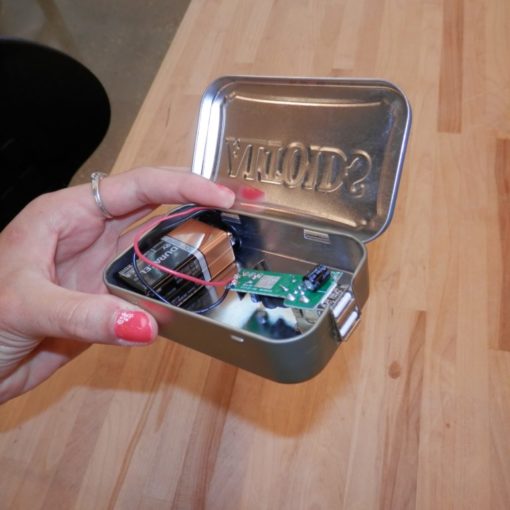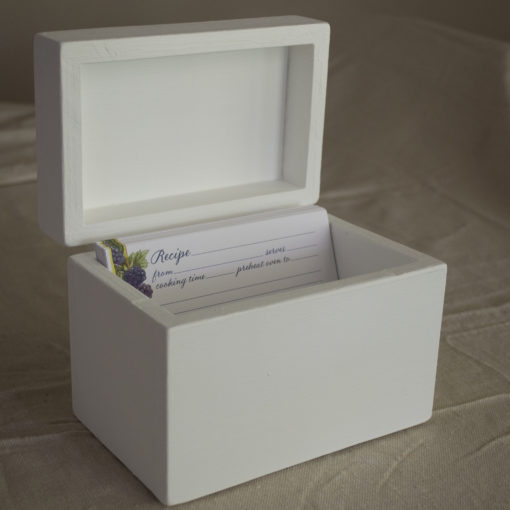Project Overview
My project was something that I’ve known about for a while, but have not actually tried before. I made paper and ink from scratch with materials that I more or less acquired from around my home.
To make the paper I started by gathering old Trinitonian newspapers, along with the San Antonio Current, and some old assignments of mine. I chose pages from each that did not have much color ink on it (so that my paper would not come out dark) and ripped them into rectangular strips. I then placed these strips into a bowl of warm water for 5 hours. After the time had passed, I drained the water and put the mushy paper into a blender until the paper formed a substance with the consistency of mashed potatoes. Finally, I placed the mush into a plastic rectangular container and filled to the brim with warm water. I mixed the mush with the water until most of the mush was floating on top of the water and evenly blended with the water. I dipped a wooden frame around a window screen that I had made earlier into the murky water, and collected as much mushy top water onto the surface as I could. Finally, I pushed the paper into the screen to form a mold. I let this dry then pulled the rectangular wet paper off of the screen and onto a towel. I dried this overnight, but found it still wet in the morning so I used a hairdryer to completely dry it. I repeated this until I was out of paper in the water.
After all my paper was made, I proceeded to make ink. I began by taking tea out of tea bags and placing them in a bowl. Next I added hot water and stirred until the tea had completely seeped into the water and I let it steep. After that, I added cornstarch to the mixture. This would allow the ink to bond to the paper. I then added vinegar, as many websites I found said that adding vinegar to ink is a good way to preserve the color and to make the color disperse amongst the liquid. I then tried to warm it a little bit, like the directions said, however I believe that I warmed it for too long, because the ink clotted up into a bulky solid form of my liquid mixture. I tried to fix this by adding hot water, but the substance would not change back. Seeing as I was out of many of my materials, I left it at that for now.
Reflecting on my Experiences as a Learner
Through doing this project, I realized that as a learner I prefer step by step instruction in text format. I located a Wiki how article and a video on YouTube that both convey similar information about making paper, but I found the article much more helpful because it was able to detail everything that I would need for a certain step. This also allowed me to take my time when on a step, as opposed to watching a video where I would have to constantly stop, start, and restart sections (Which is not ideal when making something as messy as paper).
Guides and Tutorials
I found a WikiHow article on how to make paper in a few different ways that carried me through most of the paper making portion of my DIY project. I also found a video on paper making that I decided not to use due to the WikiHow article being so much more robust and detailed. I located a cookbook style recipe from a blog that taught me how to make different kinds of ink to produce a few different colors. However, there was one problem with this, I could not locate one of the ingredients consistently used to make the inks (Gum Arabic). To remedy this, I found a forum post on a forum where users were discussing substitutes for Gum Arabic. These included using maple syrup, honey, and cornstarch. I elected to try the cornstarch idea due to concerns of the ink getting too sticky when dry.
Problems Encountered Along The Way
As I mentioned earlier, the first problem I encountered was locating all of the ingredients. No hobby store I went to knew what Gum Arabic was, let alone how to find it. I was able to locate it through order on Amazon, but this was very expensive compared to the other ingredients and would not even arrive until after the project was due. Instead, I chose to substitute cornstarch for the Gum Arabic.
Another problem I encountered was drying the paper after I had formed it. The paper took forever to dry and form, I had to constantly look over the paper on the screen and add or take away the paper mush from the mold to make it even. This part was tedious, but it was satisfying to see a completed paper after a few hours.
Finally, the biggest problem I faced was warming the ink for too long. I chalk this up to not knowing the recipe well, as the recipe did not specify a duration to warm it for. Next time, I will know how long to really warm my substance for. There may have also been a problem with me using different sources and combining their information to finish my project. I did not get to see if this was true of not as my ink did not come out as desired.
How Does the DIY Project Connect to Class?
This DIY project shows us how we learn about new things most effectively. This class is going to be mostly new things for us to learn, so it is good to identify our learning style early so that we can tackle new assignments better.
Credits
I used this WikiHow article made by the wikiHow staff to teach me how to make the paper. It went step by step through the process and had a mix of images, description, and videos that greatly helped me understand what I was supposed to be doing at all times. https://www.wikihow.com/Make-Paper-at-Home
I used this blog posting by Patricia Lehnhardt on Hobby Farms to teach me recipes on making a few basic inks. It was written in recipe style, so it was more open ended than the WikiHow article. Each recipe had a list of ingredients and 1-2 sentences on how to make it. It also had a forward on the basic ingredients (gum arabic, mordant, and thyme oil), these descriptions were what guided me to finding substitutions for ingredients that I didn’t have.
https://www.hobbyfarms.com/5-natural-ink-recipes-2/
I used this YouTube video by Mariya Maksimina along with the blog post to teach me how to make ink. This video was very amateur, but it effectively taught me the basics of ink making and how to make ink without the elusive gum arabic. This video did skip a few steps along the way that I had to supplement with the other blog post about making ink.



Leave a Reply